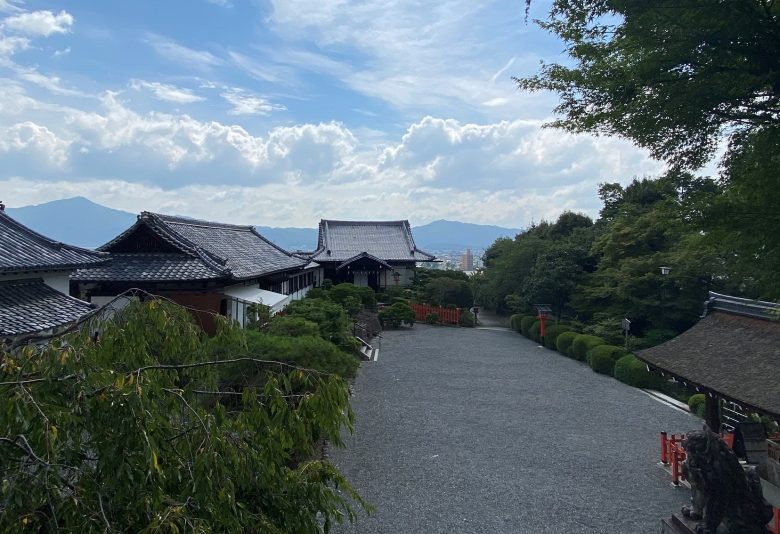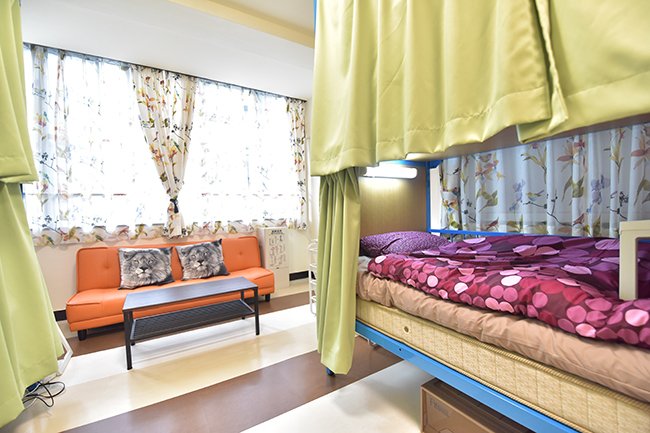
The geomancy of Kyoto city
Kyoto is a city that continues to attract foreign travelers, students and work related professionals in search of a special experience during their stay in Japan. Its several temples and shrines provide a mystic atmosphere while the several parks, rivers, mountains and green spots give a daily connection to nature, peace and beauty. What few people know though is that Kyoto has been a meticulously designed city from its birth as capital of Japan back in 789 A.D.

The search for geomancy perfection
Geomancy is the art of placing and arranging buildings and other sites auspiciously, something to the likes of feng shui of geography. As Emperor Kammu decided to move his capital away from Nara, his geomancers began to search for a most suitable area. The chosen area for the new capital Heian-kyo, was what today is Kyoto City. But what exactly did they find here to decide on it?
To understand this in detail, a deep look into Chinese geomancy is required, but to make is simple, the natural geography of the city already showed signs of good omen as indicated by the concept of “Shijin-so-oh”, or the four guardians of the compass directions (the turtle to the north, the phoenix bord to the south, the dragon to the east and the white tiger to the west).
From these, the ones that stood out the most were the mountains located at the north to protect from evil forces (in traditional Chinese geomancy it is believed that the evil always arrives from the north), the subsequent mountain ranges to the east and west representing the Azure Dragon and White Tiger respectively (two important figures of geomancy) and open land to the south (which allows the good to freely enter the city).
In meticulous detail, the location for the Emperor’s Palace must also be in accordance to this Shijin-so-oh concept and was therefore located in the central area of the city close to where our Kyoto Machiya Houses & Share Houses are located.

The city layout
The city was then designed based on the system of “Jobosei”. In this way, streets were laid in a grid pattern, which is a particularity that characterizes Kyoto in comparison to other cities like Tokyo, which is known for its maze like streets.
This grid like pattern got further divided in smaller streets that allowed for more housing and access options for the convenience of the people.
In the 11th century, after abolishing the prohibition law of temple constructions, many aristocrats began building their own temples, villas and palaces further away from the busy and crowded city center. This later allowed for roads to gradually expand and allow for even more housing around the city center and its suburban areas.
With the gaining popularity of people wanting to live in the new capital of Japan, the city needed some further order and structuring. The housing blocks, or “Cho” in Japanese, were originally designed to have houses only on the east and west sides. But soon after construction began on all four sides of the block as the streets began to be a living space for citizens.
Soon after this, the markets, which used to be at the center of these blocks, started to appear at the front facing the street, allowing for the convenience of all passerby, and large markets and shopping malls then expanded giving it the appearance that it continues to have today.

Whether the geomantic location had something to do with it or not, it was clear that Kyoto thrived for over 1,000 years as capital of Japan. Within it, the history of the culture, the people and the country remain very much alive even today, with its popularity still very strong with both locals and foreigners alike.
If you would like to enjoy life in such a culturally rich city, don’t hesitate to get in touch with our multilingual staff for an unforgettable life experience in Kyoto with SAKURA HOUSE KYOTO.







